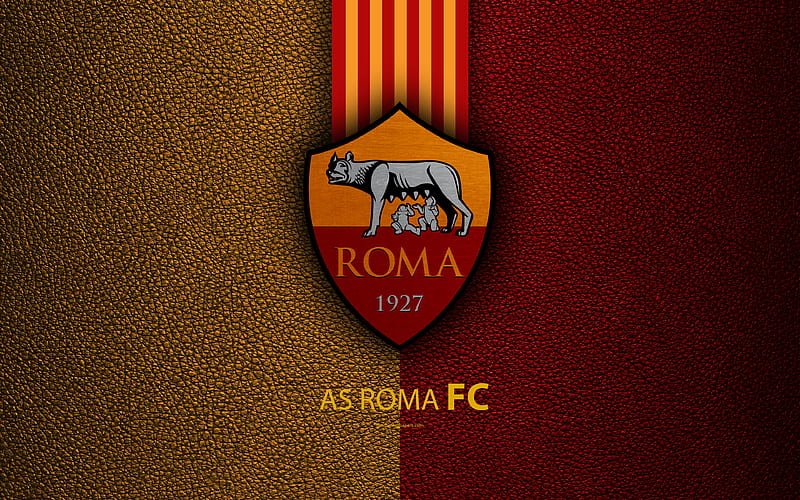
Roma Club
The Roma Club is not just a football club; it’s a vibrant community and an embodiment of passion for countless fans around the world. Founded in 1927, AS Roma has grown into one of Italy’s most revered football clubs. Its legacy is marked by memorable matches, legendary players, and a deep-rooted connection with its supporters, known as “giallorossi.” With a history that reflects both triumphs and tribulations, the Roma Club stands as a testament to the enduring spirit of football game bài đổi thưởng.
History of Roma Club
The origins of the Roma Club are steeped in the rich tapestry of Italian football, woven with threads of ambition, rivalry, and a quest for glory Luật chơi bài Chắn.
Established in the wake of World War I, Rome was ripe for a major football club to represent its vibrant culture and passionate populace. In 1927, three local clubs—Roman FC, SS Lazio, and Fortitudo-Pro Roma S.G.—merged to form the A.S. Roma (Associazione Sportiva Roma). This merge was not merely a strategy for survival but aimed at creating a single dominant team in Rome.
With its first president, Italo Foschi, leading the charge, the club quickly adopted the colors red and yellow, symbolizing the eternal city’s historical heritage. Their emblem became synonymous with the ‘She-Wolf,’ representing the mythological roots of Rome. The club’s early years saw them compete in the Serie A, establishing themselves as a formidable force.
Formation and Early Years
As the Roma Club transitioned from its inception to competitive play, it faced numerous challenges.
In the late 1920s, the club struggled to find its footing among more established teams. However, the late 1930s marked a significant turning point when they secured their first championship title in 1942. This monumental achievement instilled confidence within the club and its supporters, igniting a fierce loyalty that would last generations.
Additionally, the impact of World War II cannot be understated; during this tumultuous period, many players enlisted, and the club’s operations were severely hindered. Yet, like the phoenix rising from the ashes, Roma re-emerged stronger post-war, becoming a symbol of hope and resilience.
Post-War Resurgence
The post-war era ushered in a new chapter for the Roma Club as they embraced modern football tactics and strategies.
Throughout the 1950s and 1960s, the club focused on rebuilding its squad, bringing in talented players who would later become legends in their own right. Players like Giacomo Losi and Enrique Guaita provided stability and flair on the field. The late 1970s introduced the charismatic coach, Nils Liedholm, whose innovative techniques transformed the team into a well-oiled machine capable of challenging for titles.



